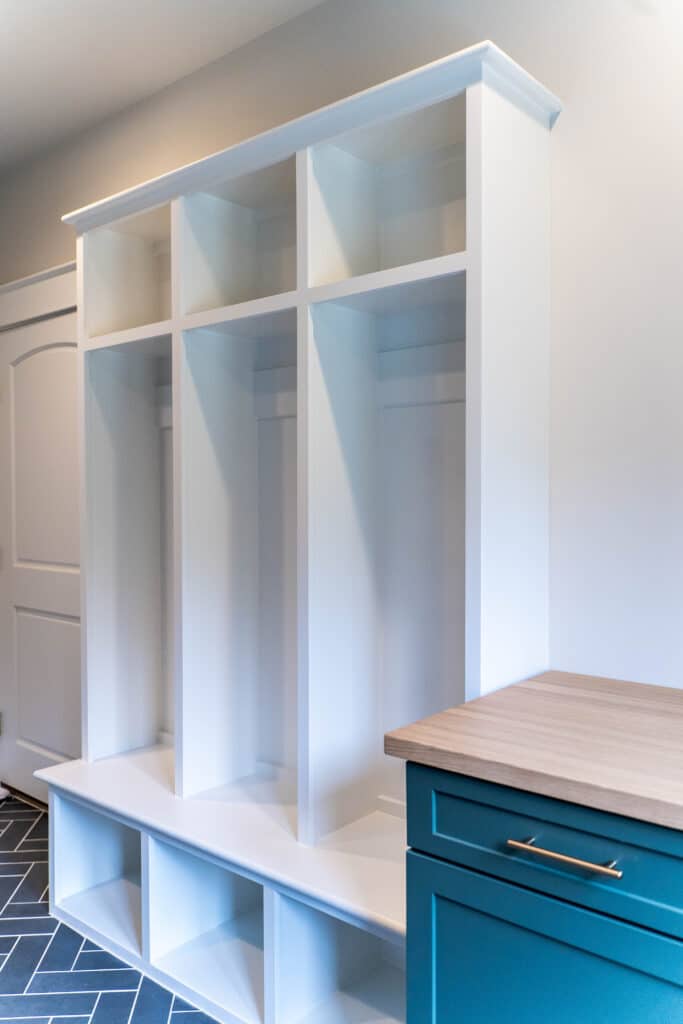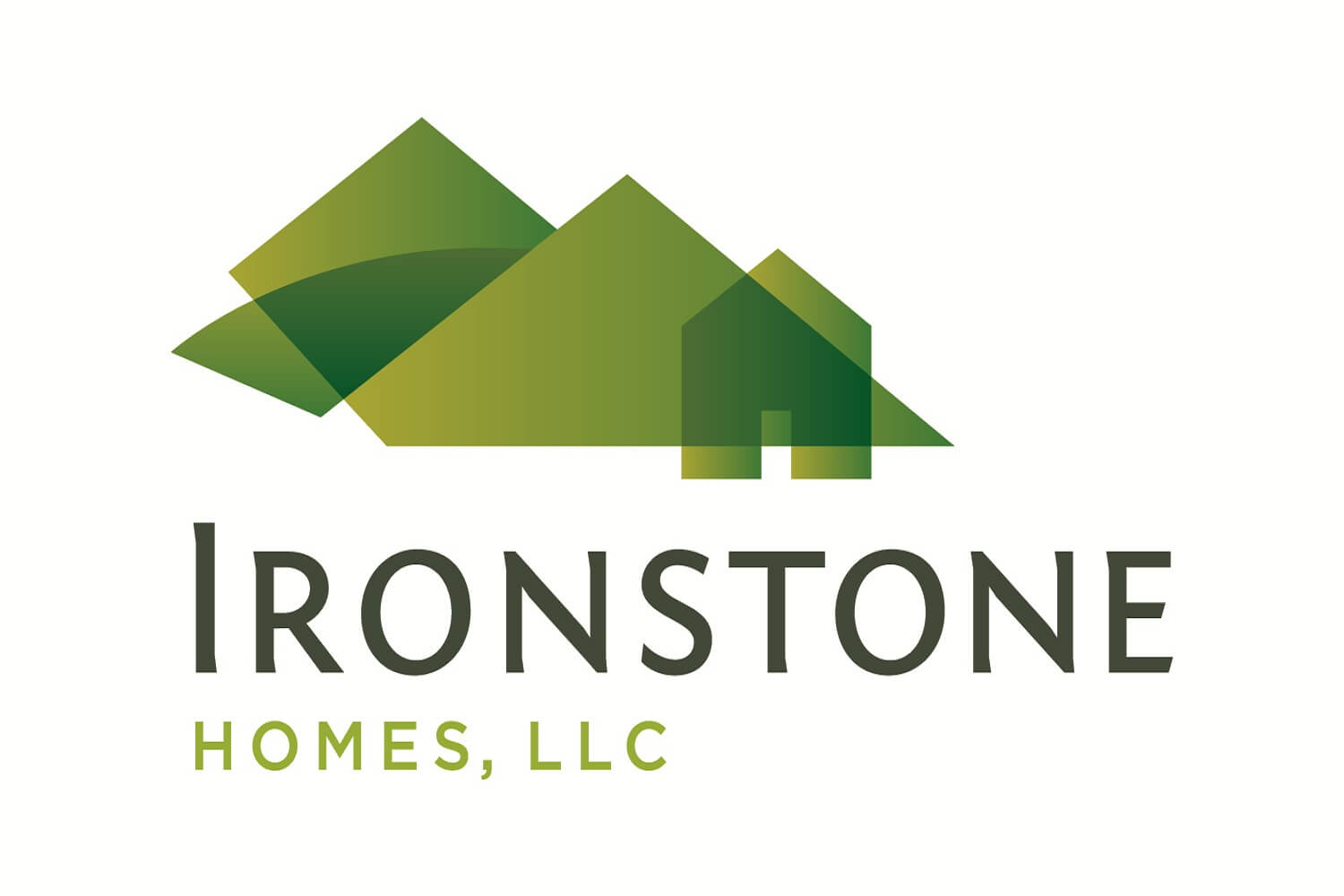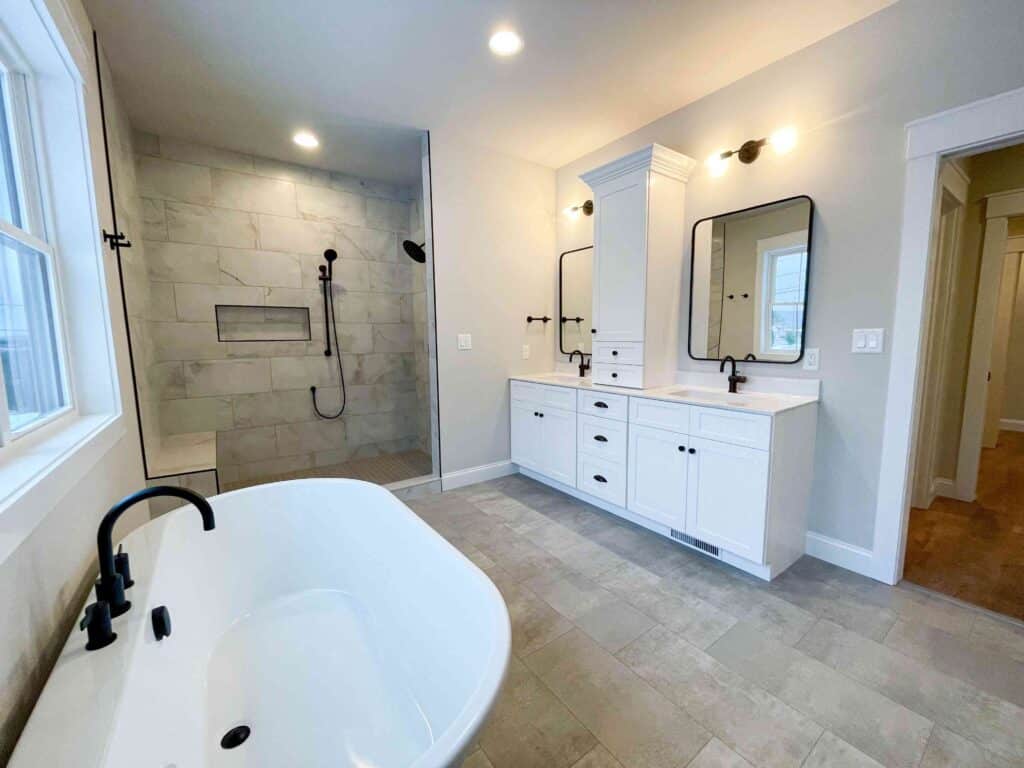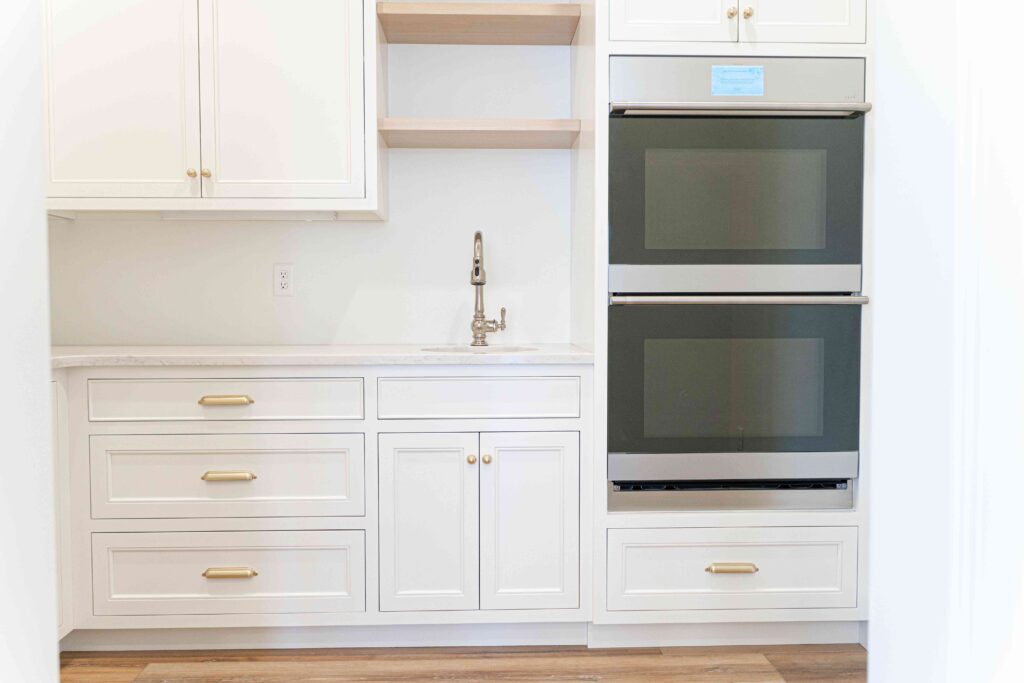TL;DR (The Too Long; Didn’t Read Summary)
Hiring an architect offers a wider creative range to building projects, but it often adds complexity and cost. A design build team simplifies the process, helping you move from idea to construction without juggling separate contracts. At Ironstone Homes, we can do both—but most of our clients choose our streamlined design build process for the time savings, tighter construction costs, and full-service project delivery.
Avoid Too Many Chefs In The Kitchen
Too many hands in the pot can slow a build down. Add an independent architect, a general contractor, interior designers, and structural engineers working under separate contracts, and suddenly the construction process becomes a headache.
That’s why we usually recommend our design build model when it comes to building a custom home: it wraps project management, design and construction services, and even interior design coordination into one efficient process. This kind of integrated project delivery helps eliminate cost overruns and delays during the construction phase.
Some homeowners are surprised to learn that the design build method can also simplify permitting processes and shorten timelines by avoiding bottlenecks that often happen during the handoff between the design and construction phases.
What Is Design-Build, Anyway?
Design-build is a project delivery method where a single team handles both the design and construction phases of a building project.
Instead of hiring separate entities like architecture firms, structural engineers, and general contractors under individual construction contracts, you work with one design-build firm that manages everything under one roof. This structure encourages collaboration from the very beginning of the design phase, resulting in better communication, fewer surprises, and more cost-effective decision-making. In contrast to the traditional design bid build model, design build streamlines every step—from concept to move-in—making it especially ideal for residential projects, renovation projects, and even smaller scale projects where efficiency and coordination matter most.

Key Differences Between Architect-Led Design and Design Build Firms
Architect-Led Design: More Control, More Complexity
- Licensed architects bring formal education in architectural design and theory
- Detailed plans may look impressive but sometimes overlook construction costs and timeline implications
- Requires multiple construction contracts and coordination between separate entities
- You’ll often need to bring in structural engineers, interior designers, and a general contractor separately
- Often follows the traditional design bid build model, which separates design and construction phases
- May be ideal for complex projects where custom features and building codes need more hands-on attention
Design-Build: One Team, One Contract, One Roof
- A design-build firm manages both the design process and construction phases
- Our design team includes a draftsman who works closely with project managers and construction crews
- We offer real-time feedback on construction costs (and cost-savings) feasibility, and scheduling during the design phase
- This streamlined process supports faster project delivery and fewer cost overruns
- You benefit from one-stop-shop project management, where everyone is working toward the same goal
- Because design and construction services are handled together, changes can be made more quickly without redoing contract documents

What Ironstone Clients Like About Our Design Build Process
Our design build team works closely with homeowners from start to finish, handling every part of the entire process. Interior designers and project managers are involved early in the design phase, working to align each project’s design with both functional needs and cost expectations. By managing building codes, permitting processes, and construction administration all in-house, we eliminate a lot of the coordination challenges that tend to slow things down.
Having one point of contact under one roof means that communication is faster and more consistent, which translates to fewer delays and a smoother experience overall. We’ve found that this model adapts well across a wide spectrum of residential projects, whether it’s a brand new custom home or a complex renovation project that requires additional structural planning and design flexibility. The approach scales effectively regardless of the size or complexity of the build.
In many of our design-build projects, we’ve seen how this unified process reduces the need for major design revisions once construction begins, smooths out the construction phase, and fosters stronger collaboration among everyone involved—from designers and project managers to the people actually building your home.
When It Makes Sense to Hire a Licensed Architect
Architect-led design tends to make the most sense for complex projects that involve challenging site conditions like steep slopes, nontraditional structures, some commercial projects, or highly customized building design.
It’s also a strong fit for renovation projects located in areas with strict historic preservation rules or homeowner association limitations.
If you’re already working with an architecture firm you trust, or if you’re building a commercial space or a large-scale residential property that requires in-depth structural engineering and architectural detail, this approach may be the better choice. Architect-led design is especially useful for specific project types that involve unique zoning requirements, specialty materials, or permitting hurdles that make the design phase more technical and involved.
At Ironstone, we’re comfortable taking on construction projects of each type. If you have a vision, let’s make it happen!
Myths That Confuse the Choice Between Design Firm and Design-Builder
- Myth: Design-build homes are generic.
Reality: Our design-build projects are as custom as your ideas, built with your preferences and budget in mind. - Myth: Working with an architect guarantees a better outcome.
Reality: The design build model offers practical, budget-aligned solutions that many residential projects benefit from. - Mistake: Thinking design-build is only for smaller scale projects.
Reality: We’ve used this project delivery system on everything from complex renovation projects to full custom homes and additions, or small projects, too. - Misunderstanding: Design-build sacrifices creativity.
Truth: Our design and construction services bring creativity and feasibility together, especially during the design phase. - Myth: You have to choose between creativity and coordination.
Reality: With the right design build team, you can have both—a highly personalized design and an efficient construction process backed by seasoned project managers.
The Best Choice? Choosing What Works Best for You!
Whether you’re planning a new build or weighing a renovation project, the right project delivery method can make all the difference. A design build firm offers a streamlined process, fewer surprises during construction, and a single point of contact throughout. But if you’re already deep into the design phase with a licensed architect or working on complex projects with multiple stakeholders, we’re happy to step in as the general contractor and collaborate.
If you’re wondering, “should I hire an architect or a design build firm?”, the answer depends on your timeline, your budget, and how involved you want to be!
We’ll help you make the smart call—and then we’ll bring your vision to life with a team that gets the job done. Give us a call to start a conversation.





